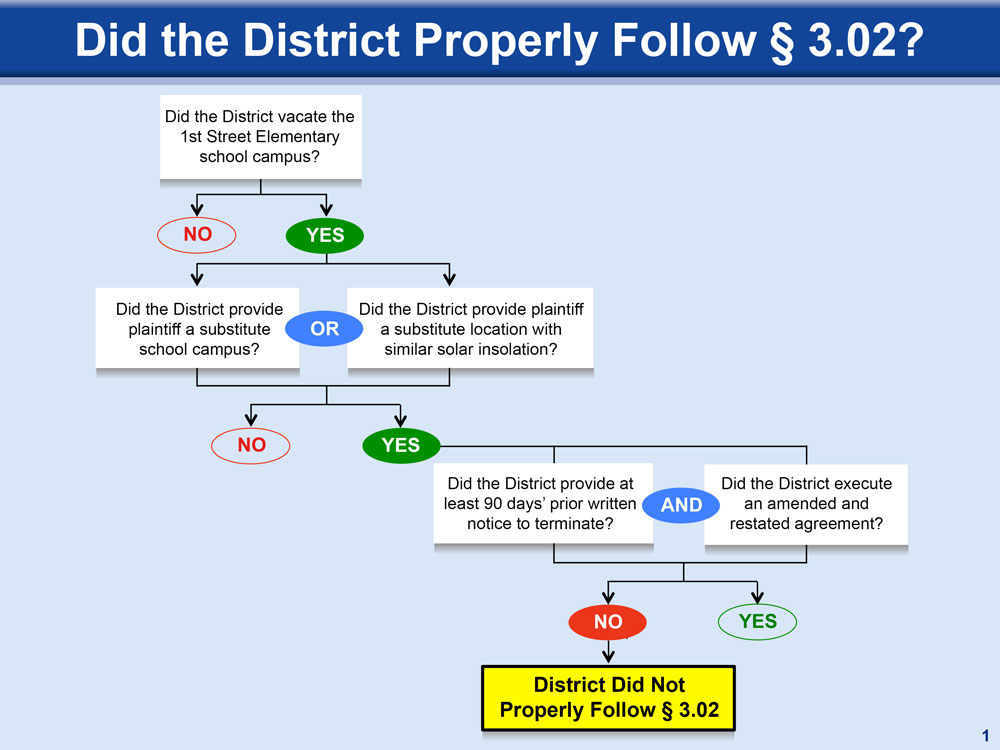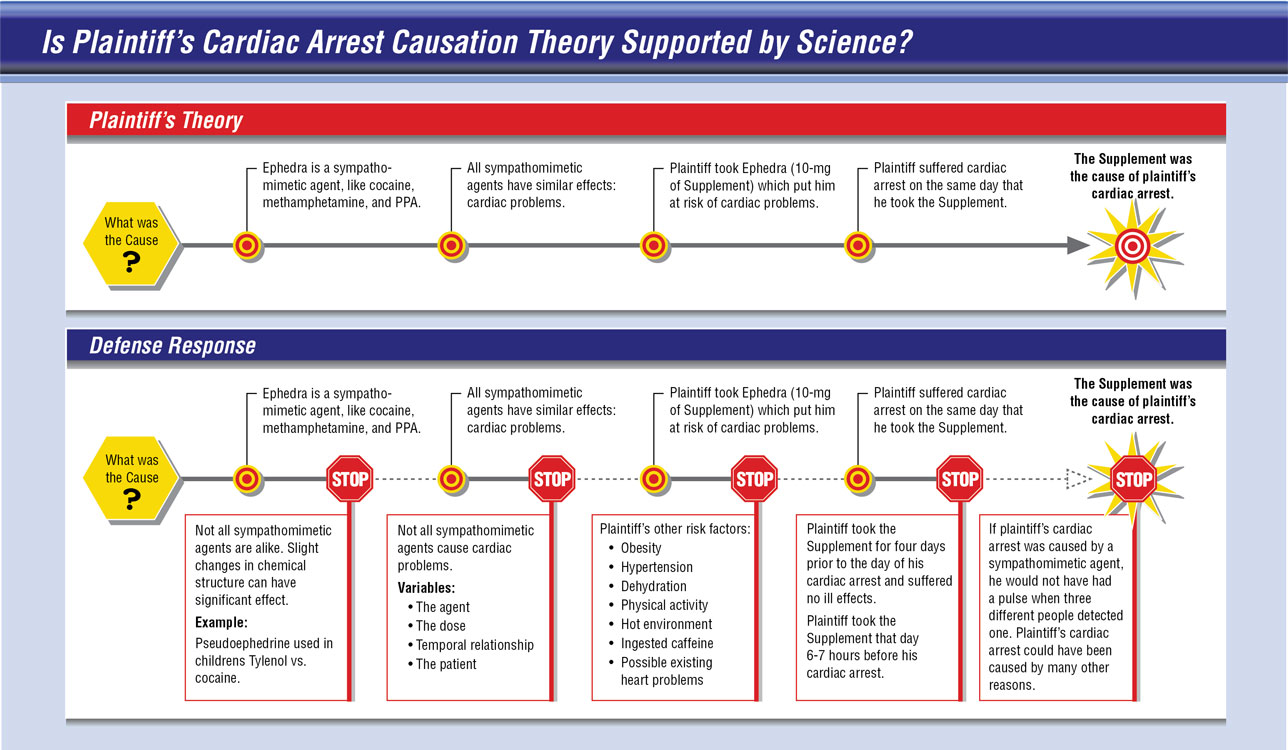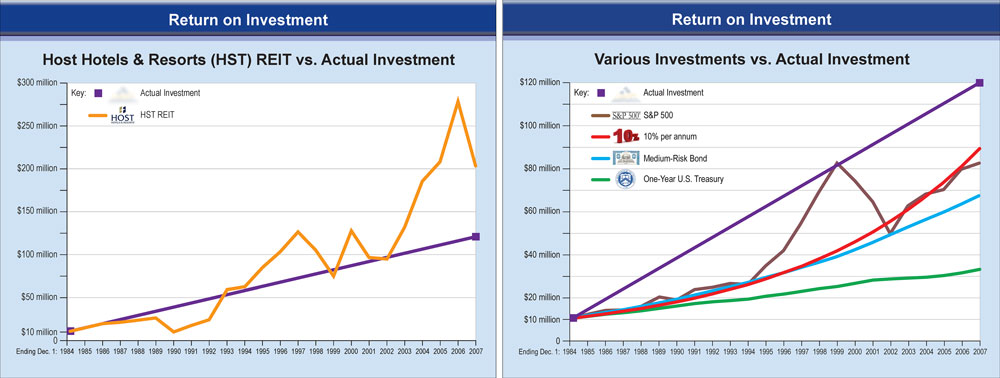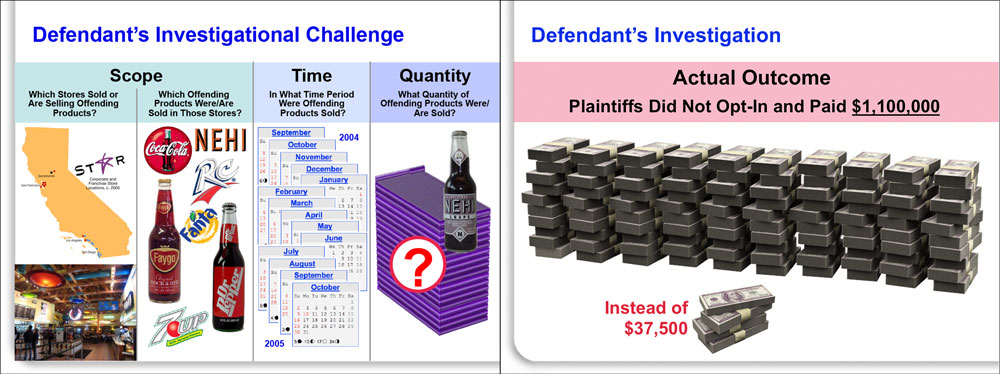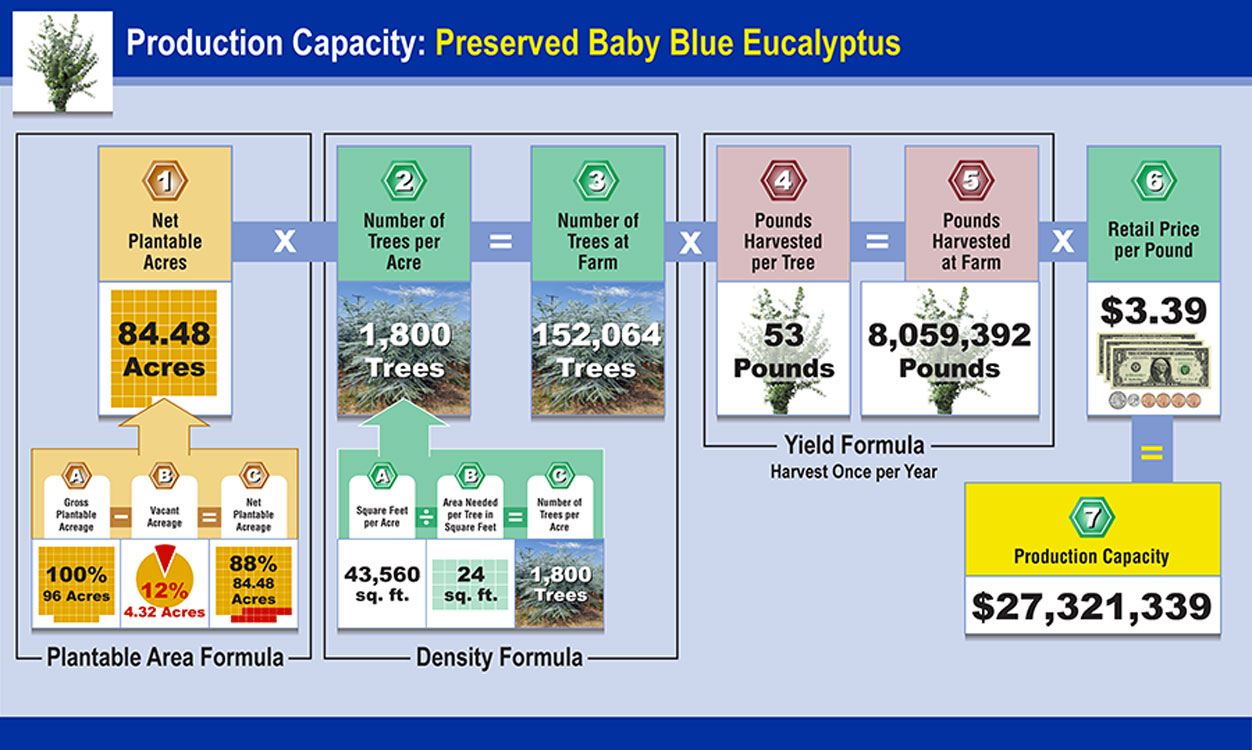
Try These Proven Ways of Charting a Visual Pathway to Resolution
Faced with compelling but inconclusive evidence, authoritative but contrary expert opinions, and strong but incomplete counterpoints, factfinders and mediators may need extra help charting the proper course to resolution. Sometimes, a graphical map is the best solution. Here are six case examples demonstrating visual pathways to resolution.
Chart the pathway that should be taken
Demonstrating progressive affirmative choices to outcome reveals how a party made correct or incorrect decisions, or it can illuminate how the factfinder should properly evaluate the evidence.
Map the proper path
The defendant school district contracted with the plaintiff solar power provider to build and operate a leased multi-campus solar power system in exchange for predictable future reduced electricity costs. Unfortunately, the project was delayed several months due to several complications, including a closed campus, which disrupted important early planning and execution.
After the District superintendent grew frustrated because of the delay (his public reason) or because the plaintiff refused his and other board members’ requests for kickbacks (plaintiff’s allegation), the school board voted abruptly to lock plaintiff out and unilaterally terminate the contract. Because the District failed to follow the proper termination protocol (illustrated above), it breached the contract.
The plaintiff sued and the trial jury was asked to determine whether the termination was justified. The decision tree graphic demonstrated there was a right way to resolve a perceived fault, but the District chose the wrong way. The jury awarded the plaintiff $12 million damages. As a goodwill gesture, the plaintiff offered to forgive the award if the district renewed the contract so plaintiff could complete the project. A newly elected school board agreed, the case settled amicably, and the system was operational within a year.
Correct the over simplistic path
When your opponent presents a deceptively simple pathway to verdict, you might demonstrate their erroneous logic by dissecting it point-by-point and offering foundationally sound counterpoints.
In this product liability case, the plaintiffs’ personal injury causation theory associated cardiac arrest with the ingestion of a dietary supplement containing Ephedra, which was previously associated with causing sudden cardiac death (i.e., ventricular fibrillation).
Plaintiff’s reasoning was because Ephedra is chemically similar to cocaine and methamphetamine, and he took the supplement 6 or 7 hours before his cardiac arrest (and a long day fishing in hot weather), the supplement must have caused his heart to stop.
The defense countered by explaining Ephedra is not the same as street drugs, and all of the plaintiff’s risk other factors would have to be eliminated before causation could be pinned on low-dose Ephedra. The case settled shortly before trial.
Chart the responsible path
If your client is accused of making wrong choices because an outcome wasn’t as hoped, graphically demonstrating less favorable alternatives might work to your advantage and demonstrate your opponent’s lack of objectivity.
Demonstrate the prudent path
In this case, some trust beneficiaries (children) accused the trustee (their mother) of failing to invest their inheritance money wisely because her quarter-century performance fell short of the outcome of one popular industry security.
The trustee flipped the perception and definition of successful performance by comparing her investment outcome to an aggressive 10% annual return, the S&P 500, U.S. Treasurys, and a medium-risk bond.
This tactic also exposed the beneficiaries’ questionable alternative of relying on a single non-diversified investment, which in hindsight outperformed the trustee’s performance in only the last 5 years. The trustee prevailed at trial.
Offer an alternative path
When professional behavior violates an expected standard, demonstrate why a better alternative pathway was available but not taken.
Demonstrate the responsible path
The plaintiff restaurant chain violated California Proposition 65 relating to painted labels containing lead on tens of thousands of beverage bottles sold in all of its stores. The potential penalties were enormous—over $100 million—but the plaintiff was offered a one-time opportunity to settle all violations for $37,500.
The plaintiff sought guidance from the defendant outside counsel. In response, the law firm performed a brief investigation of one of 19 stores, one of 13 beverage brands, and one of 44 available flavors before advising the plaintiff not to pay the fine. The plaintiff followed counsel’s advice.
Later, the plaintiff was cited for multiple violations and eventually settled for $1.1 million in penalties. It sued the defendant for procrastination, failing to conduct a timely and adequate investigation of its actual liability, and giving harmful legal advice.
In a one-day mediation, plaintiff’s counsel presented a comprehensive story about the defendant’s faulty work by comparing it to a proper investigation. At each step on the path to outcome, counsel demonstrated the defendant’s opportunity to do the right thing but instead it chose to procrastinate, cut corners, fail to ask questions, and ultimately, reach the wrong conclusion. In summary, he compared the two possible economic outcomes with stacks of hundred-dollar bills. The case settled with a $750,000 payment to the plaintiff.
Correct the misleading path
When your opponent graphically demonstrates an incomplete, misleading, or incorrect visual pathway to outcome, consider altering it to demonstrate a more favorable outcome for your client.
In this tobacco personal injury-product liability case, the plaintiff’s addiction expert, who operated a private smoking cessation clinic when not testifying as a professional witness, introduced this colorful non-scientific flow chart (above left).
It depicts two converging staggered lines representing “diminishing choice” (the free will to stop smoking) and “increasing dependence” on nicotine marked by repeated failed attempts to quit smoking (relapses). Both lines beat a path to a continuous circular “addiction cycle” comprising “daily use” and “physical dependence.” His takeaway was once a smoker is trapped by addiction; the cycle of quitting and relapsing is endless, and free choice is compromised.
For the defense, we modified the expert’s addiction cycle path by adding an offramp leading to a different outcome labeled “millions quit” (upper right). Coincidentally, “millions quit” was the expert’s hook to draw customers to his clinic.
The jury concluded the smoker—who decided one day to quit and successfully did—was 95% at fault for his injuries and awarded his estate just over $11,000.
Illustrate the path to just compensation
Damages calculations are persuasive when they clearly and decisively demonstrate fair and reasonable compensation. Unfortunately, some complex formulas aren’t easy to translate into comprehensible explanations, especially for the benefit of math-challenged fact finders.
For the mediation of a massive wildfire damages claim on behalf of a botanical farm, experts for both sides calculated the plaintiff’s lost productivity of over a dozen destroyed varietals. The formula comprised plantable acreage and plant counts derived from online photogrammetry applications, harvest yields from exemplar shrubs and trees, and unit values from past sales receipts or active contracts.
Not surprisingly, the two experts were millions of dollars apart because some of their variables differed significantly. Plaintiff counsel’s challenge was to convince the defendant electrical utility—which admitted liability—that her expert’s numbers would be more persuasive at trial. If successful, the baseline for negotiating an acceptable settlement would be much higher than the defendant’s last offer.
In counsel’s opinion, “showing the work”—a time-honored solution promoted by forensic economists—was important, but the default dense tables of illegible numbers were not. I was engaged to design a user-friendly alternative and chose a visual pathway approach illustrating the calculation components for each varietal.
In joint session, the plaintiff’s opening PowerPoint tutorial demonstrated data collection, expert analysis, the damages calculations for each varietal, and explained why the plaintiff’s numbers were very reliable. The strategy worked, the baseline valuation was raised, trial was avoided, and the plaintiff settled for millions of dollars more than the defendant’s previous offer.
Choose the best path
In my experience, the best pathway to obtaining victorious outcome starts with early collaboration. Allow time for experimentation and evaluation so no milestone is missed and every variable is properly conceived and resolved.
Insert your visual pathways into the summary judgment briefs, give them to the mediator in advance, build them in front of the arbitrator, reveal their structure in opening statement, and showcase the results in closing argument. Influencers and fact finders will appreciate your effort.
